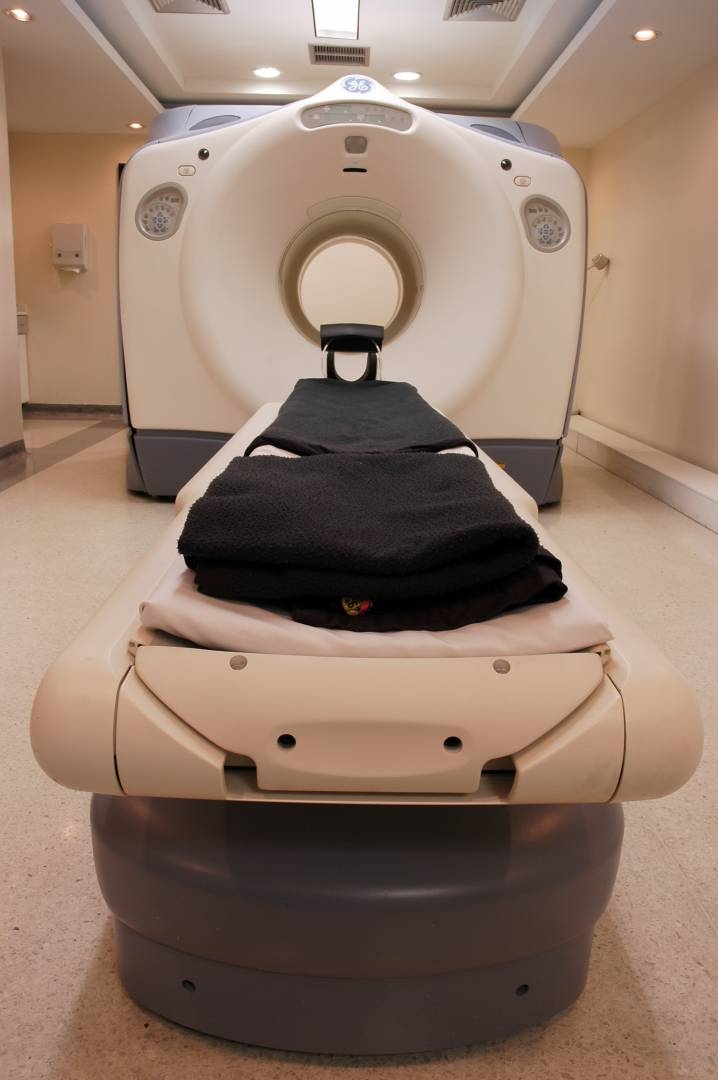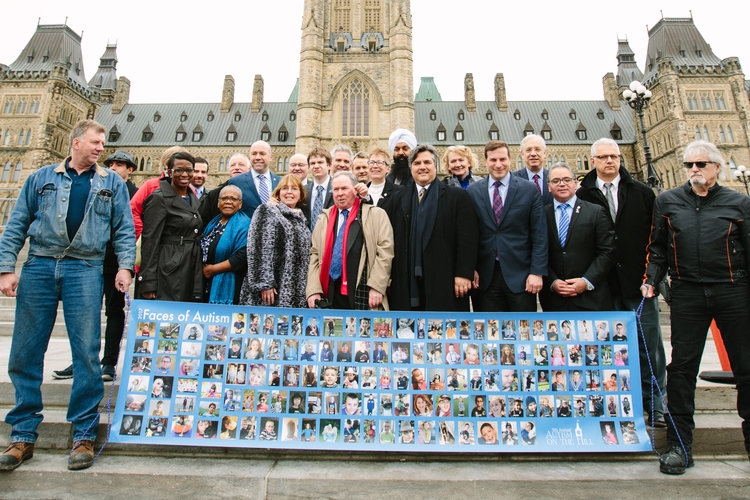
Look to Alberta Today, Not 20 Years Ago, for Guidance on Private MRIs
Allowing private MRI clinics does not shorten wait times in public system
This past week, Saskatchewan Premier Brad Wall took to twitter to ask the question “Is it time to allow people to pay for their own private MRIs in Saskatchewan like they can do in Alberta?” This came after a radio show in which he’d received a call from a patient who’s been waiting three months for an MRI–one of many Saskatchewan patients who are, understandably, frustrated by long waits for essential imaging services. It’s a real problem. For that reason we should be very wary of false solutions, and look first to evidence before rhetoric takes over.
The best place to look for evidence is the province Wall references as a model: Alberta. Many Saskatchewan residents have sought out care in Alberta’s private MRI clinics, giving the impression that the experiment there has been a success. It turns out, when we take a closer look, that things are not so wildly rosy in the land of private MRIs after all.
Perhaps the most surprising fact is that the wait list for an MRI in Alberta, rather than having been shortened by the presence of private imaging clinics, is actually the longest in the country.
According to the Canadian Institute for Health Information (CIHI), patients in Alberta can wait from 87 days (50th percentile) to up to 247 days (90th percentile), compared with a 28 to 88 day wait in Saskatchewan. These waiting lists exist despite Alberta having the second highest number of scanners per capita in the country, suggesting that overuse may be a problem–a phenomenon that may actually be exacerbated by excess capacity.
It may seem counter-intuitive that the public wait list would lengthen in the context of more MRI clinics and scanners. It appears that capacity, in the form of physicians and technologists, is siphoned off from the public system by parallel patient-pay services, a pattern that has been seen in surgery as well as imaging. Wall has talked about creating a mechanism for preventing this drift of resources from the public system, but the experience of jurisdictions around the world suggests this promise should be viewed with considerable skepticism.
More troubling yet is the question of equity. If an MRI scan is the limiting factor for getting a surgery, and I can pay for my scan, I get to have my publicly-funded surgery before someone in as much need but less able to pay out of pocket. This is the principle reason that the existence of patient-pay MRI clinics, as Wall pointed out in a 2008 Star Phoenix interview is against the Canada Health Act. They clearly violate the principle of universality by allowing certain patients to access care more quickly than others based on finances rather than medical need.
This is the reason that, while the reputation of Alberta suggests a preponderance of private imaging centres, the reality is that in recent years the province has moved away from the patient-pay model. Many of the private clinics charge the public system for the scan and charge the patient a premium on top. Alberta was also forced to repay some patients who had paid for medically-necessary scans out-of-pocket.
With no financial savings, and no increase in accessibility, there is actually little real impetus for provinces to promote patient-pay imaging centres. In fact, Alberta has moved in the opposite direction, increasing public capacity and ending the practice of contracting out services to private facilities. As a result, there appear to have been no new private MRI clinics built in Alberta in the last decade, as the business case for such operations is limited without public subsidy.
Along with failing to increase affordability and access, private MRIs pose a more insidious threat to publicly-funded health care. The more Canadians believe that they have to pay out of their own pocket for necessary care, the more we will see confidence in and commitment to medicare eroded. We need strategies to improve access to diagnostic technologies that strengthen medicare rather than undermining it.
Premier Wall has expressed a real interest in leading innovation in health policy. There are ways of improving access to MRI that don’t undermine the principles of or confidence in the public system. Imaging is one of the most overused elements of our health care system. A 2013 study of MRI use in Alberta showed that over half of low back MRI scans in an Alberta hospital were not appropriate. Working to promote rational use of technology is one way to make sure it is available for those who need it most.
Expanding hours of use, training programs for personnel, and the number of machines in the public system is another. Anyone can learn from their own mistakes, a true leader learns from the mistakes of others. Saskatchewan should look closely at the experiences of other provinces before choosing a path that, while seeming to offer solutions to our challenges in health care, could actually make them worse.
 Ryan Meili is a family physician in Saskatoon, an expert advisor with EvidenceNetwork.ca, and vice-chair of Canadian Doctors for Medicare. @ryanmeili
Ryan Meili is a family physician in Saskatoon, an expert advisor with EvidenceNetwork.ca, and vice-chair of Canadian Doctors for Medicare. @ryanmeili












